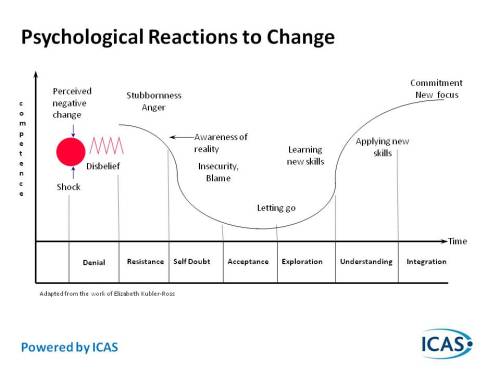
Disengaged = Unmotivated?
Does “disengaged” equal “unmotivated?” Or is there more to a disengaged employee’s story? According to Gallup’s most recent poll, 66% of the U.S. workforce self-reports as disengaged from their work. Is it fair to say that two-thirds of the workforce simply lack motivation?
Perhaps the issue lies in how employers approach employee motivation. A reported 79% of employees who had left their organization recalled zero recognition from their employer within the past 6 months, according to The Achievers. Organizations without a sufficient recognition program are missing the mark big time by failing to capitalize on a major fundamental need of their employees.
Know your worth.
According to self-worth theory, our sense of self-worth is dependent upon our achievements and performance.
Behaviors are often driven by the need for self-acceptance. Starting at an early age, we attach our self-worth to others’ evaluations of our performance. School-aged children learn to seek a passing grade as approval from their teachers. This carries into adulthood, and we tie our worth to performance reviews, recognition from our employers and co-workers, and whether we receive the next promotion or raise. At some point along the way, achievement intertwines with competition, as we equate our own value with the comparison of others’ achievements. Your co-worker becomes the benchmark for your own sense of self-w
Disengagement enters the equation…

On the one hand, performance and competition equating to self-worth can be very motivating and facilitate engagement. For employees, the need to feel valuable elicits behaviors and actions directed at maintaining their sense of self-worth. Employees that feel connected to their organization and find meaning in their work feel more motivated to maintain their own and others’ perceptions of their value to the organization.
But on the other hand, when there is a lack of performance measures available, or biases in performance evaluations, politics at play, etc., that connection to the organization dissipates as the reinforcements necessary to maintain our sense of self-worth are either unfair or nonexistent. Disengagement now enters the equation.
What do you expect?
The Pygmalion effect is a psychological phenomenon in which an individual’s performance tends to increase when given high expectations and decreases with low expectations. The perception that a leader holds of an employee shapes the way the leader behaves and interacts with that employee. If a leader forms the belief that their employee lacks negotiation skills, the leader is likely to avoid assigning that employee to close any major deals. The employee may notice this and start to internalize that same belief about their abilities. The employee now avoids all tasks in which these skills may be required of them, providing further justification for the leader’s initial beliefs. Having low expectations of the employee negatively impacted the employees’ performance.
The same cycle emerges when leaders have high expectations of their employees- performance increases to meet their expectations. Providing employees with growth opportunities increases motivation to meet and exceed expectations in order to maintain others’ positive perceptions of one’s abilities.
What value do you put on self-worth?
Recognizing employees for their achievements and creating the right stretch goals are both crucial for keeping employees engaged. Developing incentive programs for your organization can also aid with retention- according to Forbes, a lack of sufficient recognition is enough motivation for 66% of employees to quit their current role.
The Lantern Group has over 25 years of experience working with organizations to improve incentive programs and increase employee motivation. Our work focuses on crafting effective communications that resonate with employees by leveraging behavioral science insights. We work with organizations to train and develop leadership on the impact of communication and the different techniques for positively influencing employee behavior. Contact us today to find out more!
Sources:
Gallup: Global Indicator: Employee Engagement – Gallup
The Achievers: Employee Recognition Platform | Achievers
Forbes: 66% Of Employees Would Quit If They Feel Unappreciated (forbes.com)














